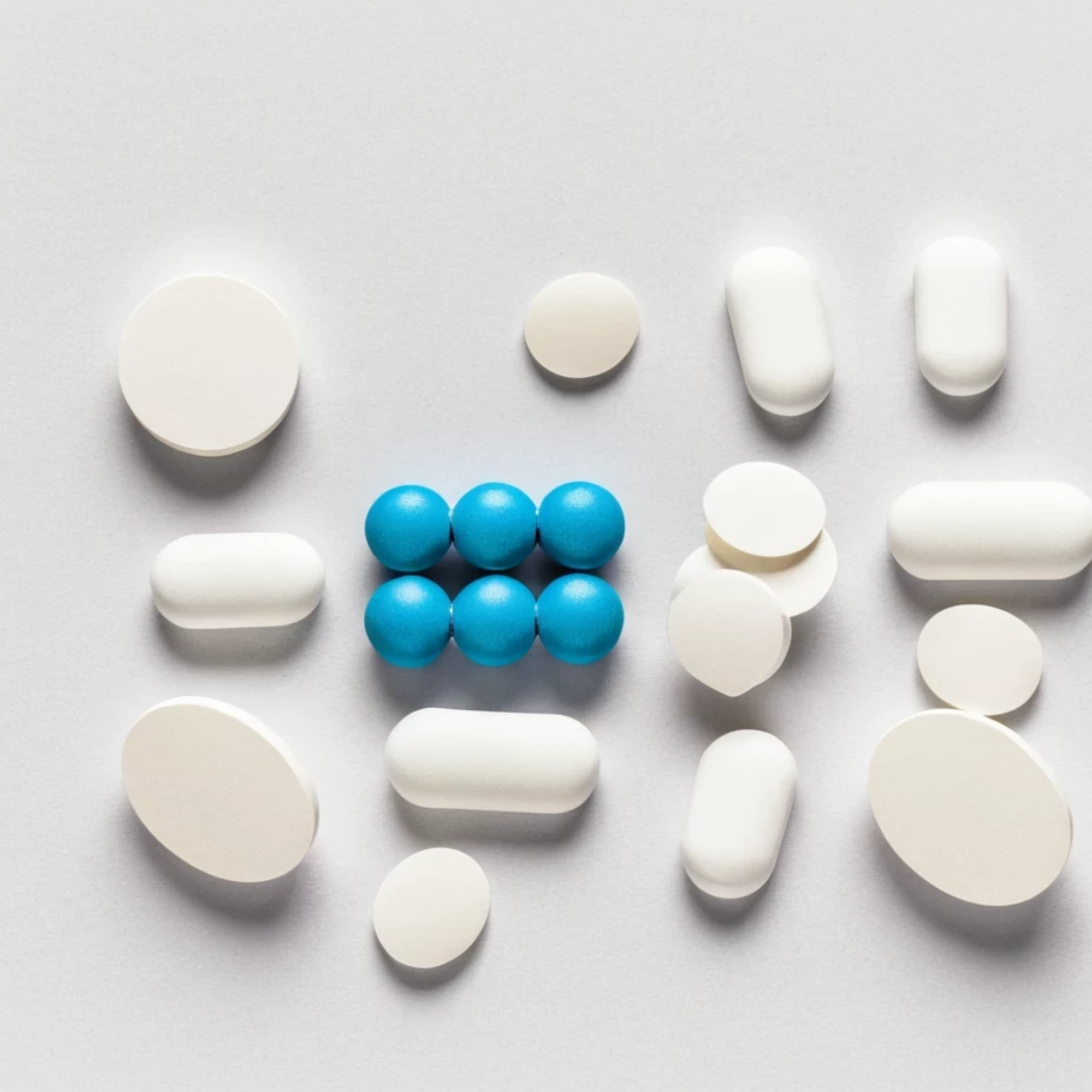When discussing medications, side effects are often viewed negatively, associated with discomfort and adverse reactions. However, it’s worth exploring if there can be a silver lining to drug side effects. While these unintended effects are usually undesirable, there are scenarios where they may offer unexpected benefits.
Understanding Side Effects
Side effects are unintended consequences of taking a medication. These can range from mild (such as drowsiness or dry mouth) to severe (such as organ damage or allergic reactions). Side effects occur because drugs interact with multiple biological pathways, not just the intended target. This broad interaction spectrum can lead to various physiological responses.
Unexpected Therapeutic Benefits
- Off-Label Uses: Sometimes, a drug’s side effects can lead to new therapeutic applications. For instance, minoxidil was originally developed to treat high blood pressure, but its side effect of promoting hair growth led to its use in treating alopecia (hair loss). Similarly, sildenafil (Viagra) was initially intended for hypertension and angina but found fame for treating erectile dysfunction due to its side effects.
- Multifunctional Medications: Certain drugs exhibit side effects that address additional health issues. Antidepressants like selective serotonin reuptake inhibitors (SSRIs) not only alleviate depression but also help with anxiety disorders and chronic pain conditions due to their broad neurological impact.
- Preventative Benefits: Statins, widely used to lower cholesterol, have been found to reduce the risk of heart disease, stroke, and potentially even certain cancers. The side effects of statins in lowering inflammation and stabilizing plaque in blood vessels have contributed to their broader preventative applications.
Improved Patient Monitoring and Safety
Side effects can prompt closer monitoring of patients, leading to early detection of other health issues. For example, certain chemotherapy drugs cause bone marrow suppression, necessitating regular blood tests. These tests can catch other potential problems early, allowing for prompt intervention.
Enhanced Drug Development and Personalized Medicine
Understanding and documenting side effects enrich the knowledge base of drug interactions within the body, aiding in the development of new medications with fewer adverse effects. Moreover, the study of side effects has propelled the field of pharmacogenomics, where a person’s genetic makeup guides drug therapy, reducing adverse effects and enhancing efficacy.
Hormesis and Adaptive Responses
Some side effects may induce beneficial adaptive responses, a concept known as hormesis. Low doses of a harmful substance can stimulate the body’s protective mechanisms, leading to improved health and stress resistance. Certain side effects might trigger these adaptive responses, potentially offering protective benefits in the long run.
Quality of Life Considerations
In some cases, side effects can improve quality of life indirectly. For example, a medication that causes mild sedation might benefit patients with insomnia. Similarly, drugs causing appetite suppression can help individuals struggling with obesity.
Conclusion
While drug side effects are primarily viewed as negative, there are scenarios where they offer unexpected advantages. From leading to new therapeutic uses and promoting better patient monitoring to enhancing our understanding of drug interactions and contributing to personalized medicine, side effects can have positive implications. Recognizing and harnessing these benefits requires a nuanced approach, balancing the risks and advantages to optimize patient care and improve health outcomes. Ultimately, the silver lining of side effects lies in their potential to drive medical innovation and offer alternative therapeutic pathways.
